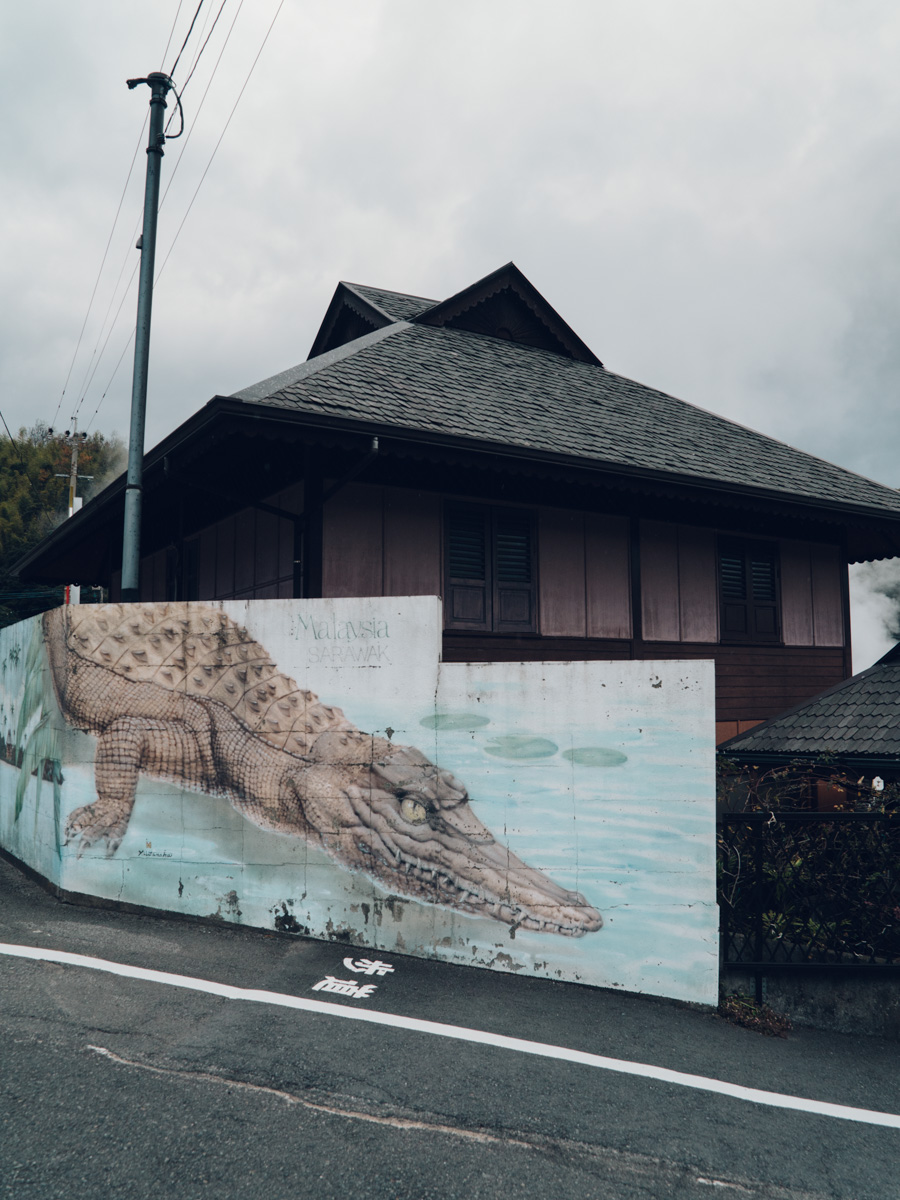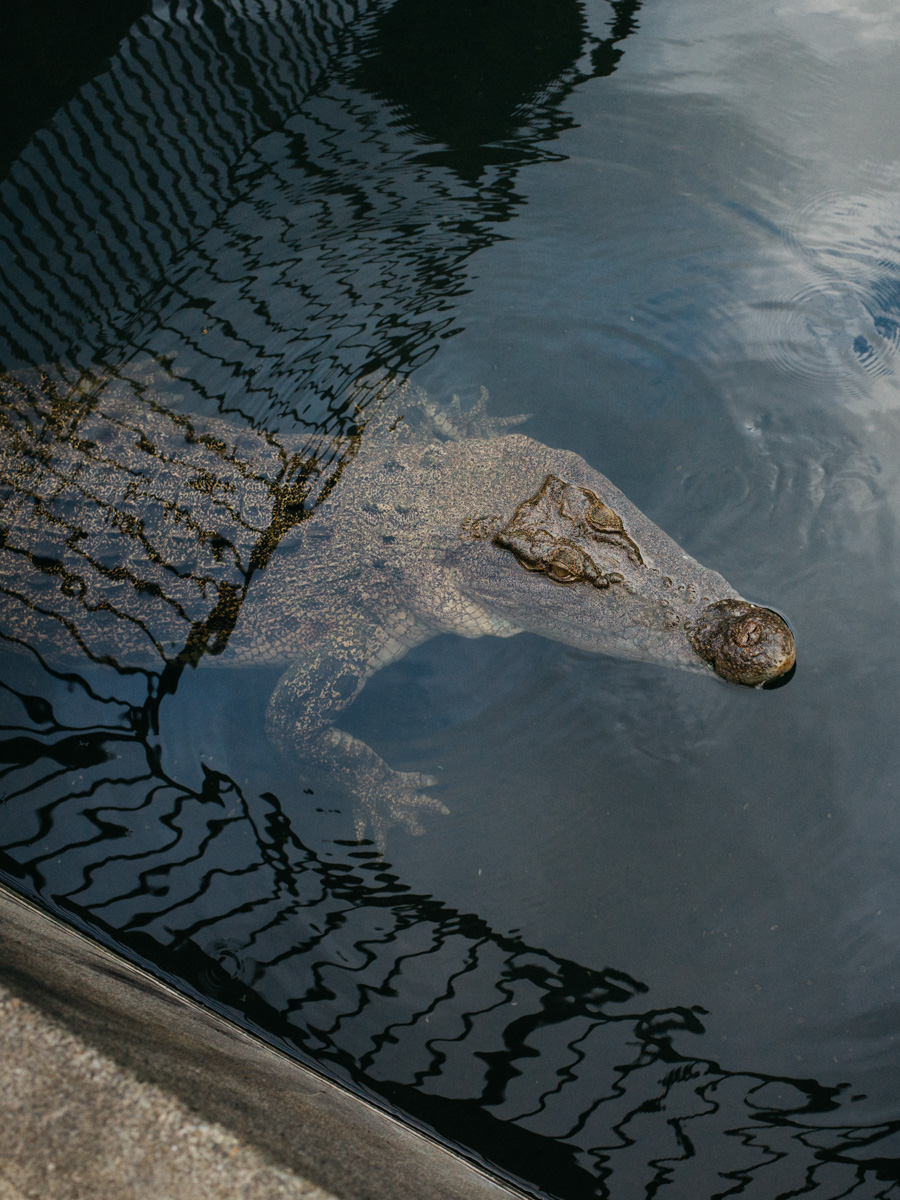JAPAN: The Hot Spring "Hells" of Beppu
Beppu is a city located on the large island of Kyushu in Japan, an area that is the world’s second largest source of thermal spring water, only after Yellowstone National Park. Beppu is Japan’s hot spring capital with over 2,500 hot springs, called ‘onsen’- every hotel in Beppu includes its own onsen bath house that utilizes the natural spring water, and steam can be seen rising from chimneys throughout the city.
Beppu has 8 especially famous hot springs, which are called Jigoku which literally translates to “Hell”. These natural pools have varying temperatures, depth, color and mineral compositions, and although you can’t swim in them, they’re still a major tourist attraction. We made it to six of Beppu’s eight hells.
Morning view from our hotel in downtown Beppu not far from the beach
Nearing the hells things get steamy.
Food being sold that has been cooked at stands on the street using the natural steam.
Shiraike Jigoku, “White Pond Hell”
The milky teal color of Shiraike Jigoku comes from a mixture of boric acid, salt, sodium silicate and calcium bicarbonate. The water is 95ºC (203ºF).
Chinoike Jigoku, “Blood Pond Hell”
Chinoike Jigoku’s tomato soupy color comes from the acidic iron and magnesium-filled clay that oozes from the ground. Blood Pond Hell is the oldest of the hells and also the coolest at 78ºC (172ºF).
Oniyama-Jigoku (Demon Mountain Hell)
For whatever reason there are crocodiles at this hot spring. They don’t live in the steaming hot water, they just live in concrete pens on the property.
Umi Jigoku, “Sea Hell”
This cobalt colored hot spring is 200 meters deep and 98ºC (208ºF). Iron sulfate gives Sea Hell its chlorine blue color. A basket hangs in the near boiling water of Umi Jigoku cooking hard boiled eggs.
A basket of eggs cooking in Sea Hell
Oniishibozu-Jigoku (Oniishi Shaven Head Hell)
Oniishibozu Jigoku, which gets its name from how the mud bubbles look like monks’ shaved heads. The mud of Oniishibozu-Jigoku is 99ºC (210ºF), even hotter than Sea Hell.
Kamado Jigoku, “Cooking Pot Hell”
At cooking pot hell you can sip 80ºC water, eat muffins, eggs and corn cooked with the hot water and steam, and take a toasty foot bath with a busload of tourists.

























